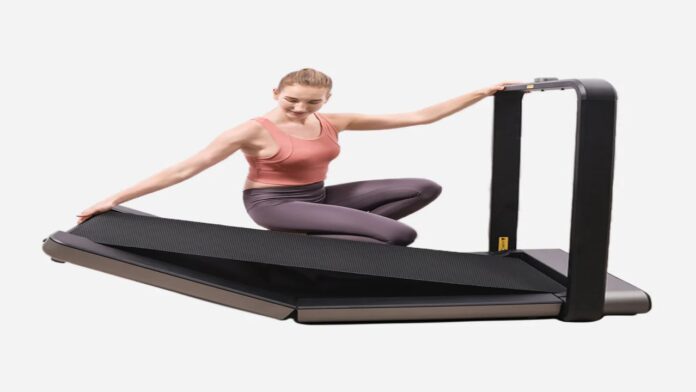Deciding to invest in a home treadmill is a significant step in one’s fitness journey, but it can also prompt a challenging question: should you opt for a budget-friendly model or splurge on a high-end machine? This decision isn’t straightforward; it is influenced by individual fitness objectives, budgetary considerations, and personal tastes.
Cost-Effectiveness: The Appeal of Cheap Treadmills
how much is a cheap treadmill, typically priced under $500, present an accessible gateway into the realm of home fitness. They cater to essential exercise needs, providing a platform for light walking or jogging sessions. These models often emphasize practicality, stripping back unnecessary features to deliver a straightforward, user-friendly machine at a lower cost.
However, it’s essential to remember that the affordability of these models might be offset by a relative lack of durability or a limited feature set. These machines are not designed for intense, prolonged usage, and may not withstand the wear and tear of frequent, high-intensity workouts over time.
Advanced Features: The Allure of High-End Treadmills
Contrastingly, high-end treadmills — often costing between $1000 to $5000 — command their price tags with an impressive suite of features. Sophisticated elements such as interactive displays, in-built heart rate monitors, customized workout programs, powerful motors, and expansive running surfaces mark these models. Additionally, these machines typically offer superior longevity, a smoother running experience, and the capacity to support a range of workout intensities. Certain models also integrate space-saving designs, folding away when not in use — a valuable feature for those with limited workout space.
User Requirements: Assessing Personal Needs
Your choice between a budget-friendly or a high-end treadmill hinges upon your fitness goals, financial constraints, and personal preferences. Casual walkers or joggers with limited budgets may find that a cheaper model adequately serves their needs. Conversely, if your fitness objectives are more ambitious, encompassing intense running sessions or specialized training, a high-end treadmill may be a more appropriate choice.
Think about who will be using the treadmill as well. If the machine will serve multiple household members, each with their workout routines, a high-end model’s ability to personalize and adapt to different users’ needs will likely be beneficial.
Comparison: Balancing Costs and Features
Cost-effective treadmills, while catering to basic fitness needs, might fall short in terms of durability. Their construction is typically not meant for rigorous use, and their lifespan might be considerably shorter than their higher-priced counterparts.
High-end treadmills, on the other hand, are constructed for longevity. They typically feature robust construction, high-quality materials, and powerful motors, enabling them to accommodate a broader spectrum of user weights and workout intensities.
From a user experience perspective, high-end treadmills elevate the standard workout session with enhanced features. Cushioned running surfaces, automatic incline and decline adjustments, and integration with fitness apps combine to enrich the workout experience, facilitating precise progress tracking and a multitude of training options.
Conclusion
When choosing between a cheap treadmill and a high-end model, carefully weigh your fitness goals, budget, and personal preferences. Both options have their distinct advantages and are suited to different types of users. The key lies in aligning your choice with your unique needs and financial circumstances.
Purchasing a treadmill represents an investment in your health and wellness. Therefore, making an informed decision will ensure that you derive the maximum value from this investment. Regardless of the treadmill you choose, consistency in your workouts is paramount. So, embark on this fitness journey with conviction, propelling yourself towards your health objectives one step at a time.





